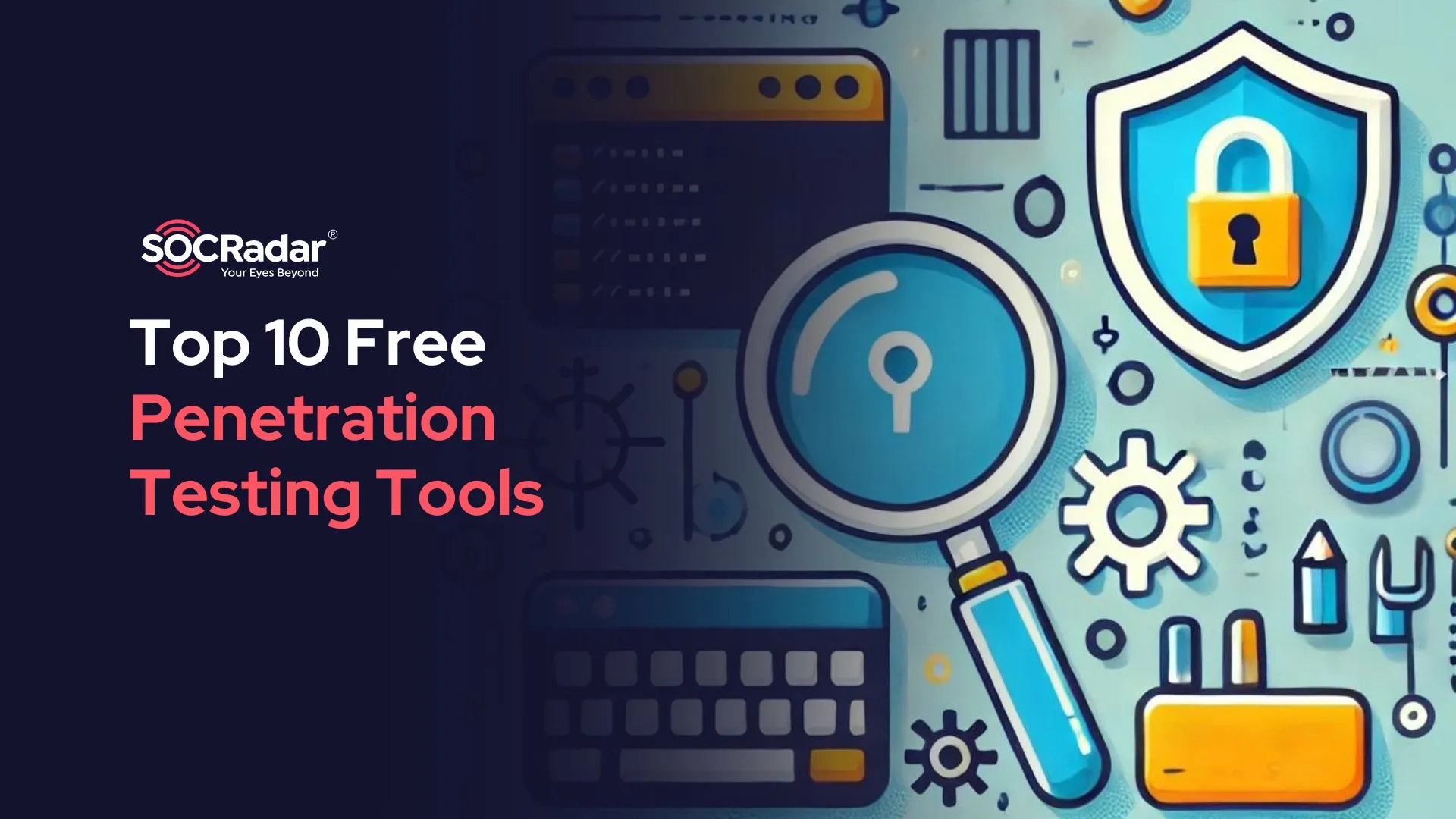
Common IoT Attacks that Compromise Security
With the development of technology, nowadays, we can connect various everyday devices, such as cars, kitchen appliances, TV, to the internet, or other wireless communication networks, via embedded devices. This technology is called, simply the Internet of Things (IoT).
IoT defines the network of physical objects or “things” embedded with sensors, software, and other technologies to connect and transfer data with other devices and systems. Today it is possible to encounter IoT devices in almost every industry. Due to its convenience in data gathering, IoT applications are increasing their presence in many sectors.
This increasing market also appeals to the threat actors. All these opportunities that IoT enables also creates new gaps on the attack surface. Most IoT devices have to communicate in the system’s different layers. It is also convenient for attackers to infiltrate IoT devices. Since these devices are not seen as fundamental parts of a company’s infrastructure, their security generally is not a high priority for the companies.
These devices are installed not from a security standpoint but for the system’s general needs. So this makes IoT devices vulnerable to possible cyber attacks, which could have detrimental results for the companies. Companies should implement security solutions to protect even the most unthought-of attack surfaces, in this case, IoT devices.
What Makes IoT Devices Vulnerable?

A simple IoT device typically does not have a required built-in security solution to counter cyber threats. Common vulnerabilities and zero-days could help cybercriminals or groups breach IoT devices and use the devices in multiple ways to execute comprehensive cyber attacks.
Most IoT devices have limited uses and purposes since their main objectives are to achieve simple tasks. Because of this, their security posture is not considered most of the time, rendering them possibly vulnerable to cyber attacks. Unpatched vulnerabilities, lack of adequate security solutions, and unchanged or unsafe passwords are the main reasons IoT devices are considered vulnerable. IoT devices could be regarded as the weakest link in some systems.
Common IoT Attacks
Privilege escalation: Attackers could exploit bugs, unpatched vulnerabilities, critical design problems, or even operating system oversights in an IoT device to obtain unauthorized access to the network. After they have unauthorized access, they can further exploit unpatched vulnerabilities or zero-days to escalate privileges up to the admin level to own the system.
Man-in-the-Middle (MITM) Attacks: Cybercriminals might exploit weaknesses by exploiting insecure networks in the protocols and services running on IoT devices. When they exploit a network, attackers can breach the confidential or sensitive data, which should have been encrypted between the user and the server. Threat actors can modify the packets in communications between IoT devices and servers to gain access to the system or get sensitive data from the communications.
Eavesdropping: Due to its incapabilities, when a weakened connection between an IoT device and server is found, cybercriminals can intercept network traffic and obtain the credentials or sensitive information IoT devices transmit over enterprise networks.
Brute-force password attacks: The fact that the security posture of an IoT device is not generally considered in a company makes the IoT devices vulnerable to potential cyber-attacks, in this case, brute force or dictionary attacks. Most of the time, passwords of IoT devices are left unchanged or simply set to a basic password. Threat actors can execute brute-force or dictionary attacks to gain access to the device.
Malicious node injection: As the name implies, attackers physically insert malicious nodes between legitimate nodes in an IoT network with this type of attack. Then, these malicious nodes can be used to have control over the data flowing between linked nodes.
Firmware hijacking: Since there are many IoT brands and products, each has its software, updates, and modifications. Threat actors can benefit from this unknown environment by uploading fake updates or drivers to the surface web. Therefore, if drivers of IoT devices are not checked, attackers could be able to hijack the device and download malicious software.
DDoS: The cyber community has seen an abundant increase in DDoS attacks in the last five years, possibly due to botnets and zombified IoT devices. When infected with botnet malware, IoT devices turn into puppets threat actors use to perform cyber attacks on large scales, such as DDoS attacks.
Physical tampering: Physical threats exist, especially where IoT devices are accessible from the outside and challenging for the enterprise to control who has access. Threat actors could gain initial access from the physically insecure IoT devices or install malware.
Minimizing Cyber Risks Emerging from IoT Devices

IoT devices could be exploited in many ways due to their potential security flaws. SOCRadar’s analysts suggest you follow the below guidelines to minimize cyber risks regarding IoT devices.
- IoT devices should be installed with security in mind: Implement solid passwords and regularly update IoT credentials. In addition, enabling MFA is suggested.
- Logging and monitoring IoT devices is essential: We cannot know from where a cyber attack will come. So, monitoring and logging IoT devices are crucial to detect potential breaches or discover unsuccessful attempts and fortify the attack surface.
- All IoT devices should be physically protected: A printer out in the lobby could be easily accessed by threat actors. Physically protecting IoT devices is crucial since devices accessible from outside could be physically tampered with to gain unauthorized access to the system or infect malware.
Discover SOCRadar® Free Edition
With SOCRadar® Free Edition, you’ll be able to:
- Discover your unknown hacker-exposed assets
- Check if your IP addresses tagged as malicious
- Monitor your domain name on hacked websites and phishing databases
- Get notified when a critical zero-day vulnerability is disclosed
Free for 12 months for 1 corporate domain and 100 auto-discovered digital assets.
Get free access.


































